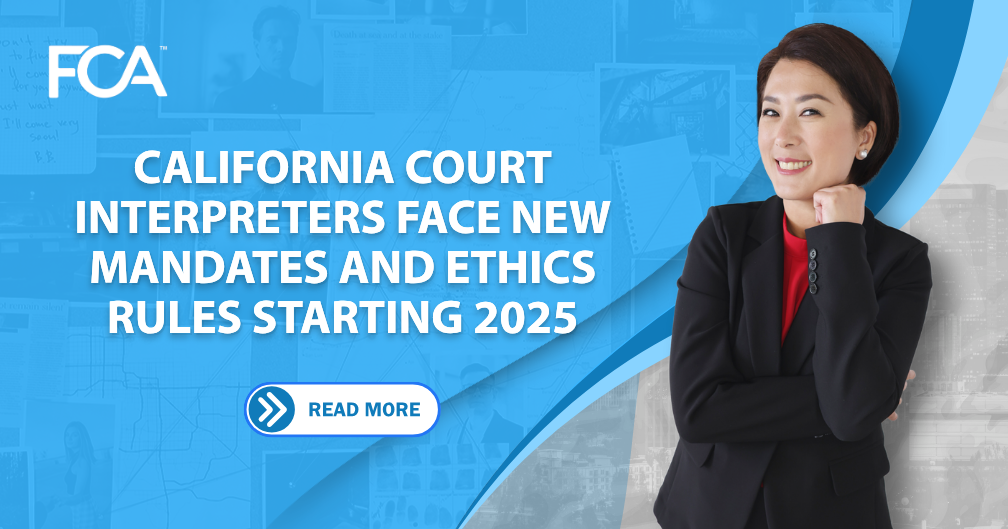Starting in 2025, California is launching a pilot program that could reshape how cities handle speeding violations. Assembly Bill 645 (AB 645), signed into law in 2023, authorizes six major cities—Los Angeles, San Francisco, Oakland, San Jose, Long Beach, and Glendale—to implement automated speed enforcement systems.
These systems use cameras to detect and ticket speeding drivers, specifically in school zones and high-accident corridors. While the law aims to improve road safety, it also opens the door to new legal challenges and implications that plaintiffs and legal professionals should closely examine.
This article breaks down the key components of AB 645, its expected impact on California cities in 2025, and what legal teams should be prepared for moving forward.
What Is AB 645?
AB 645 is California’s latest attempt to address rising traffic-related injuries and fatalities using automated technology. The bill allows the selected cities to install speed cameras in areas with a history of pedestrian accidents or excessive speeding. These cameras will automatically photograph the license plates of vehicles traveling above the speed limit and issue citations by mail.
The pilot program will last five years, starting in January 2025. The law prioritizes safety but also incorporates social equity by adjusting fines based on income levels and requiring cities to conduct community outreach before activating the cameras.
Key Provisions Include:
- Camera Deployment: Only in school zones or streets with a proven history of speeding-related incidents.
- Citation Threshold: Drivers will be ticketed for exceeding the posted speed limit by at least 11 mph.
- Income-Based Fines: Reduced penalties for low-income drivers.
- Privacy Restrictions: Captured footage can only be used for speeding enforcement, not immigration or unrelated surveillance.
- Public Notification: Cities must hold public hearings and post signs in camera-monitored areas.
How AB 645 Affects California Cities in 2025
For participating cities, AB 645 is expected to offer a cost-effective method for reducing speeding and protecting pedestrians—especially children near schools. The National Highway Traffic Safety Administration (NHTSA) has long supported automated enforcement, citing studies showing that speed cameras can reduce fatal crashes by up to 40%.
However, implementing AB 645 also presents logistical, legal, and ethical challenges. Cities must invest in camera infrastructure, educate the public, manage citation appeals, and ensure compliance with the law’s strict data and privacy guidelines.
From a policy perspective, the outcomes of this pilot program could determine whether speed cameras become a permanent fixture across California.
Legal Implications of AB 645 for Plaintiffs and Attorneys
While the goal of AB 645 is to enhance public safety, the law also raises questions that could lead to legal disputes, particularly around due process, privacy, and citation legitimacy.
1. Due Process and Fair Notice
AB 645 allows citations to be issued by mail based on photographic evidence, which raises constitutional concerns about a defendant’s right to confront their accuser. Since the vehicle owner—not necessarily the driver—receives the ticket, legal teams may contest the validity of these citations in court.
2. Privacy and Surveillance
Although the law prohibits using camera footage for anything other than traffic enforcement, concerns remain about government overreach and misuse of surveillance technology. If cities fail to meet the law’s privacy standards, plaintiffs may challenge camera placement, footage retention policies, or data breaches.
3. Economic Impact and Equity
Despite including income-based fine reductions, critics argue that any system relying on automated citations could disproportionately affect low-income residents. Legal professionals working in civil rights or social justice may see new cases arising from unequal enforcement or lack of access to legal representation.
Impact on Personal Injury and Traffic Cases
One of the most significant implications of AB 645 for plaintiffs and legal teams is how automated speed data may influence personal injury and wrongful death cases.
Potential Use of Speed Camera Data in Civil Lawsuits:
- Supporting Negligence Claims: If a speed camera previously cited a driver involved in a crash in the same area, this could be used to establish a pattern of reckless behavior.
- Accident Reconstruction Evidence: Camera footage may help determine vehicle speeds during a collision, strengthening a plaintiff’s case.
- Challenging Liability: Defendants may dispute the reliability or calibration of the speed cameras, introducing new technical arguments into traffic-related cases.
As this technology becomes more common, personal injury lawyers should be prepared to incorporate—or refute—automated enforcement data in both pre-litigation and trial settings.
How Legal Teams Can Prepare for AB 645
If you’re a legal professional in California, 2025 will likely see a surge in litigation involving AB 645 citations. Whether your firm focuses on personal injury, civil liberties, or traffic law, consider taking the following steps:
- Track Pilot Program Rollouts: Understand how each city plans to implement and enforce AB 645.
- Stay Informed on Challenges: Monitor legal challenges, appeals, and court rulings that may affect the program’s future.
- Educate Clients: Ensure clients know their rights when receiving a citation and the proper steps to contest one.
- Develop Expertise in Evidence Use: Become familiar with how speed camera data can be admitted—or disputed—in administrative and civil proceedings.
What You Should Know
AB 645 represents a major policy shift in how California cities handle speeding violations. For legal teams and plaintiffs, it introduces a new layer of complexity to traffic enforcement and personal injury litigation. While the law intends to save lives and improve road safety, its execution will determine whether it serves justice—or creates new legal challenges.
As the pilot program unfolds, cities, attorneys, and everyday Californians must understand the fine line between enforcement and fairness. Legal professionals who stay ahead of the curve will be best positioned to protect their clients’ rights and shape how automated enforcement evolves in the years to come.
Who is Fund Capital America?
Since 2006, Fund Capital America (FCA) has been a trusted leader in pre-settlement funding, providing cash advance loans to plaintiffs in personal injury and accident cases. Over the years, FCA has proudly served thousands of law firms and tens of thousands of clients, helping them navigate the financial challenges of litigation. While our core service is pre-settlement funding, we also offer a comprehensive range of services to support law firms and their clients from the beginning of the case to the final settlement check distribution.
Fund Capital America’s Services
In addition to pre-settlement funding, FCA provides a broad array of services designed to alleviate the financial and administrative burdens on injury victims, law firms, and medical professionals. Our services include:
- Pre Settlement Funding
- Policy Limits
- Doctor & Medical Facility Directory
- Doctor & Medical Facility Scheduling
- Language Services
- Investigation Services
- Medical Legal Finance
- Surgery Funding
- Medical Lien Funding
- Law Firm Funding & Law Firm Banking Services
- Law Firm Line of Credit
- Medical Receivables Financing
- Law Firm Services
Get the Legal Funding Support You Need in Just 5 Minutes!
Here’s how it works:
Fill out our application form: It takes just 5 minutes to provide the necessary details about your case.
Get prequalified: Our team will review your application and get back to you swiftly, often within hours.
Need assistance? Call us at the number provided for immediate support from our knowledgeable staff.
Don’t let financial stress prevent you from focusing on your recovery. Apply now to secure your lawsuit cash advance!



